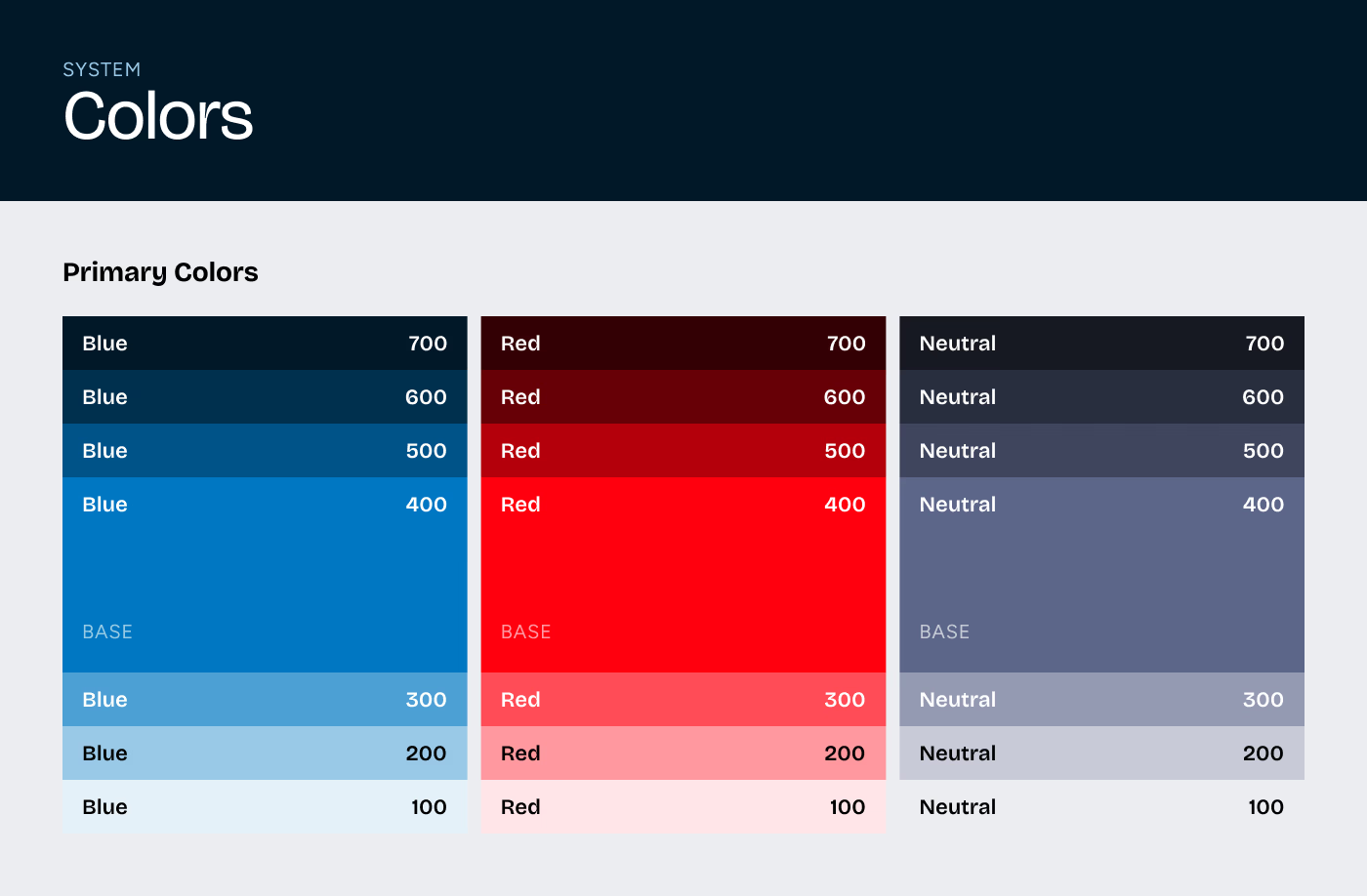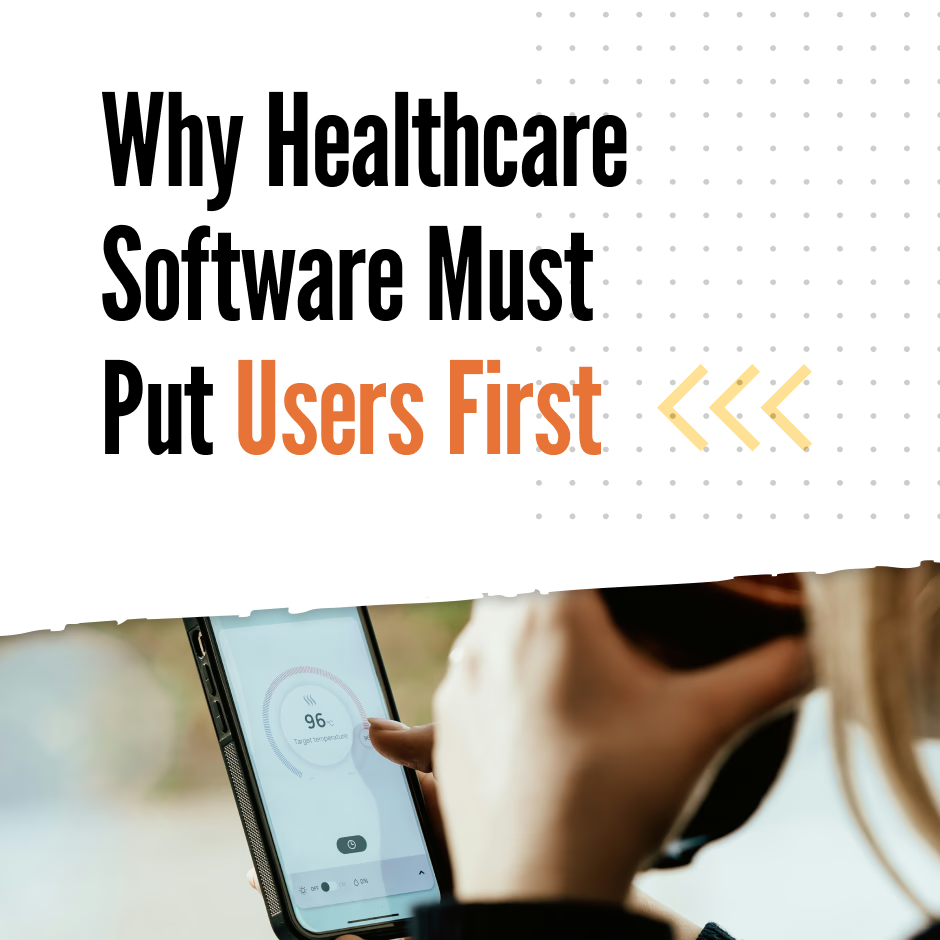Healthcare is not new to technological advancements. These are 3 Emerging Software Technology Trends In The Healthcare Industry For 2026
Originally published January 31, 2020. Updated January 9, 2026 to reflect current healthcare software realities.
Healthcare has always adopted technology quickly. What changed since 2020 is the pressure: patients expect on-demand access, clinicians need less administrative burden, and regulations are pushing stronger controls around how data is shared and protected.
If you lead software decisions in healthcare, these are the three trends shaping what gets built in 2026.
Trend 1: Healthcare is moving to the home (Telehealth + RPM + virtual wards)
Virtual care is no longer “nice to have.” In 2026 it is a core service channel, especially for chronic care, follow-ups, and post-discharge monitoring.
Remote patient monitoring (RPM) uses connected devices and apps to collect patient data outside the clinic and share it with care teams.
What this looks like in 2026
- More “hospital-at-home” style programs that keep eligible patients out of the facility
- Virtual-first workflows for triage, follow-ups, and patient education
- Care teams using dashboards to spot risk early (instead of waiting for a visit)
What software leaders should prioritize
- Reliability: If a patient depends on it, the app cannot be flaky.
- Clear UX: Patients are not trained users. Interfaces must be simple.
- Device and data integration: Plan for multiple device vendors and data types.
- Security and access controls: Home-based care expands the attack surface.
Trend 2: Automation is shifting from RPA to AI-assisted workflows
Automation is still a major lever in healthcare. The difference now is that many organizations are combining classic workflow automation with AI support, especially around documentation and operational triage.
Healthcare organizations are also adopting AI to help manage complex workflows and reduce repetitive administrative work.
Where it is showing up
- Documentation support (reducing time spent writing notes)
- Intake and routing (getting the right issue to the right team faster)
- Revenue cycle support (less manual back-and-forth)
- Quality checks (flagging missing fields or inconsistent data)
What to prioritize (so this stays safe and useful)
- Human-in-the-loop controls for anything clinical or compliance-related
- Traceability (know why a recommendation happened)
- Data privacy boundaries (limit what is stored, logged, or reused)
- Change management (adoption is as important as accuracy)
Trend 3: Interoperability is becoming the product (FHIR + patient access expectations)
Interoperability is not just a technical requirement anymore. It directly affects patient experience, partner integrations, and long-term vendor flexibility.
FHIR is a widely used API-focused standard for exchanging health information and supporting a more connected ecosystem. CMS has also pointed to FHIR-based APIs as foundational for data exchange and patient access.
What this means in practice
- More integrations with EHRs, labs, pharmacies, and third-party platforms
- Higher expectations that data can move securely “without special effort”
- More pressure to build systems that are modular, not locked to one vendor
What software leaders should prioritize
- API strategy first (before UI polish)
- Data governance (who can access what, and why)
- Integration testing as an ongoing capability, not a one-time task
- Future-proofing (new partners and new requirements will keep coming)
What these three trends have in common
Each trend increases the volume and movement of sensitive data:
- More data is collected outside the facility
- More systems need to exchange that data
- More workflows depend on that data being correct and protected
That is why the winners in 2026 will be the teams that can deliver secure, reliable software without sacrificing usability.
A practical starting point (30-day plan)
If you are trying to decide what to tackle first, start here:
- Map your highest-risk workflows (where errors or downtime cause real harm)
- List your top integrations (EHR, devices, billing, labs, identity)
- Define your access model (roles, permissions, logging, retention)
- Pick one workflow to improve (example: intake routing or RPM alerts)
- Measure outcomes (time saved, error reduction, patient engagement)
FAQ
When a healthcare org says “interoperability,” what do they usually mean?
Most often, they mean securely exchanging clinical and administrative data across systems using modern APIs, commonly aligned to standards like FHIR.
How is remote patient monitoring different from telehealth?
Telehealth is a visit or interaction (video, phone, messaging). RPM is ongoing data collection from devices or apps outside the clinic that is shared with providers for assessment.
What is the safest way to introduce AI into healthcare workflows?
Start with low-risk administrative workflows, add human review, and build traceability and privacy boundaries before expanding into higher-stakes use cases.
Where do healthcare leaders see the biggest integration push right now?
Patient access expectations and regulatory pressure are pushing broader adoption of standardized APIs and better data sharing practices.
Our Guidance
If you are modernizing a healthcare platform or planning a new one, Troy Web can help you assess your current architecture, integration needs, and delivery plan so your team can ship with confidence.



